| | Except for my four new Celebrity plants that I’d planted on August 15 replacing the fruited-out ones and already have some blossoms on them, and one old plant – Odoriko – that’s also got lots of blossoms on it, I’ve given up on my other tomatoes that I’d hoped would set more blossoms and pulled them out. Even the other new 4”-size tomatoes I’d planted along with the new Celebrities pooped out during that last heat flush. So, I’ve been thinking about the varieties I grew this year and which ones to plan on again for next year. First, my conclusions: Harvest: 485 tomatoes between June 7-August 10. The heaviest single day in terms of numbers was June 23, with 55 Sungold fruits. The heaviest single day of larger fruits was July 29, with 46. All of this resulted in dinner-plate-fulls of freshly cut tomatoes for each of us every day – and I do mean every single day – during those nine weeks. The slight flavor and textural differences between the tomatoes-of-the-day made for new taste discoveries and preferences. We never did get beyond a bit of salt or mayonnaise -- it seemed a waste of the exquisite tomato flavor to add a more intense dressing or to cook them! But that’s why I choose the varieties I do – for eating fresh! So we’ve been blissfully happy for all those weeks! Favorites: Cherokee Purple, Black Krim, Celebrity Second Favorites: Sungold, Ace, Stupice Others I’ll grow again, hoping for better yields: Pink Brandywine, BrandyBoy, Chocolate Stripe, Isis Candy, Jaune Flamme Now, my thoughts on each of the varieties, in alphabetical order. Ace Fruits were only the size of large cherry varieties but plentiful and fully flavored. Interestingly, the beautiful turquoise fruit beetle that usually concentrates on my fig trees pestered only the Ace tomato, alone of all the tomato plants. 42 fruits between June 14-August 4. Big Rainbow (mislabeled Tangerine type?) Having grown Big Rainbow in the past and getting large, unevenly shaped and somewhat mushy fruits that were multicolored yellow-orange-red both in skin and in flesh - and also having grown Tangerine last year that were evenly colored orangey-yellow both outside and inside and also somewhat mushy - I’m sure that the two plants I grew this year that were labeled as Big Rainbow were mislabeled Tangerines or something similar. I remember liking my previously-grown Big Rainbow and Tangerine plants more for their coloring than their flavor and texture. This determination carried through with this year’s Big Rainbow-labeled plants as well. So I won’t bother with either Big Rainbow or Tangerine in the future. Instead, I’ll try different varieties of those brilliantly varied colors. The two plants bore 37 fruits between June 23-August 2. Black Krim Plentiful numbers of large delicious and beautifully dusky-colored fruits. Too delicious to not grow again! 23 fruits between June 27-July 29. Brandy Boy Large and nicely flavored fruits relatively early in the season, although not prolific. I’ll try them again next year, hoping for more fruits. Only 8 fruits between June 23-July 29. Celebrity Absolutely one of my favorites. Four plants provided about four fruits every couple of days. They set heavily and stay relatively firm on the branch until harvested as desired, which isn’t the case with any other variety. While they do sometimes split at the stem end with uneven watering, the break callouses over and the fruits continue holding well on the plants for at least several days without spoiling. I’ve grown them every year since I first became aware of them in the late 1980s because, to my taste, they’re the perfect blend of acid and sweet and fully flavored. They were a 1984 All-America Selections award winner. 84 fruits from June 16-August 10. Cherokee Purple Plentiful numbers of large delicious and beautifully dusky-colored fruits. I saved seed from Cherokee Purple fruits that bore in June so I’ll have my own early-bearing cultivar for next year’s garden. Next year I’ll also save seeds from the latest fruit of the season so I’ll potentially have an even longer season of fruits adapted for my garden. Two plants bore 39 fruits between June 14-August 2. Chocolate Stripes Attractively brown-and-green-striped fruits – almost like holiday decorations – were mid-to-large in size and nicely flavored. I’ll grow again next year. Only 13 fruits from July 3-29. Green Zebra I’ve grown this variety a couple of times and enjoyed the novel striping and coloration, especially as it turns from green to chartreuse as color-coding that it’s ripe. But the flavor has been more tart than I liked, and the yield not impressive. So I think I’ll give up on it for next year, perhaps in favor of another similarly-colored variety. Only 11 fruits between July 9-29. Isis Candy I’d grown this twice before, and tried again as a contrast with Sungold. This time, however, planting was an afterthought without soil preparation, and the plant neither thrived nor set any blossoms before dying, so I didn’t really give it a chance. So, I’ll grow it more attentively next year. No fruits. Jaune Flamme I grew this for the first time this year at the suggestion of a friend who grows only this variety on her patio. I must admit that I planted it in an out-of-the-way spot between two fruit trees without additional fertilization, next to that Isis Candy. It didn’t do well, but despite this neglect I did get fruits that were orangey yellow and tasty. So I’ll grow again with proper attention. Only 6 fruits between June 16-July 11. Odoriko I’ve grown this variety on and off for years. This year, they were only okay in flavor and yield, but not worth my growing again next year when I’ll choose other varieties new to me. In the meantime, since this plant is the only old one that’s put out a bunch of new blossoms, we’ll see what results! Only 8 fruits between July 9-29. Pineapple What a disappointment. I’ve grown these and Hawaiian Pineapple several times in the past and never really been happy with them, despite being so hopeful with that evocative name and promise of brilliant coloration. I think I’ll finally give up on them and choose some other varieties. Only 5 fruits between July 3-24. Pink Brandywine Large fruits in good numbers and nicely flavored relatively early in the season. I’ll try them again next year. 22 fruits between June 27-August 10. Stupice I first grew this Yugoslavian native to give my Mother a variety from her homeland, and have continued to enjoy its yield and flavor and small-to-mid-sized fruit ever since. 27 fruits between June 16-August 2. Sungold I’ve become less enamored with Sungold over the years since it first became popular years ago. The fruits are small enough that I have to pick a lot, which would ordinarily be ok except that they’re prone to staying firmly attached to the vine and frequently split before and after picking; and then the split ones must be eaten within a couple of hours or they’ll get moldy by the next day, even when refrigerated. They are tasty on the sweet end, and handily alert the picker when they ripen – they turn from yellow to orangey gold. But this year, despite the wonderfully plentiful first flush, they quit bearing and setting blossoms much earlier than the other tomato varieties I grew instead of being dependable through to cool weather. 152 fruits from June 7-28. More Tomato Information www.tomatodirt.com is an informative and entertaining website with extensive varietal information, growing tips, and fun items like jokes and trivia. www.johnnyseeds.com – Although Johnny’s is centered in Maine and completely different from our SoCal climate, I’ve depended on its thorough cultural information since I first started gardening. www.tomatogrowers.com is a wonderful resource of available varieties in many sorting modes including season, color, size, etc., that I’ve also used since I first started my own plants from seed. |
|
2 Comments
|
Categories |

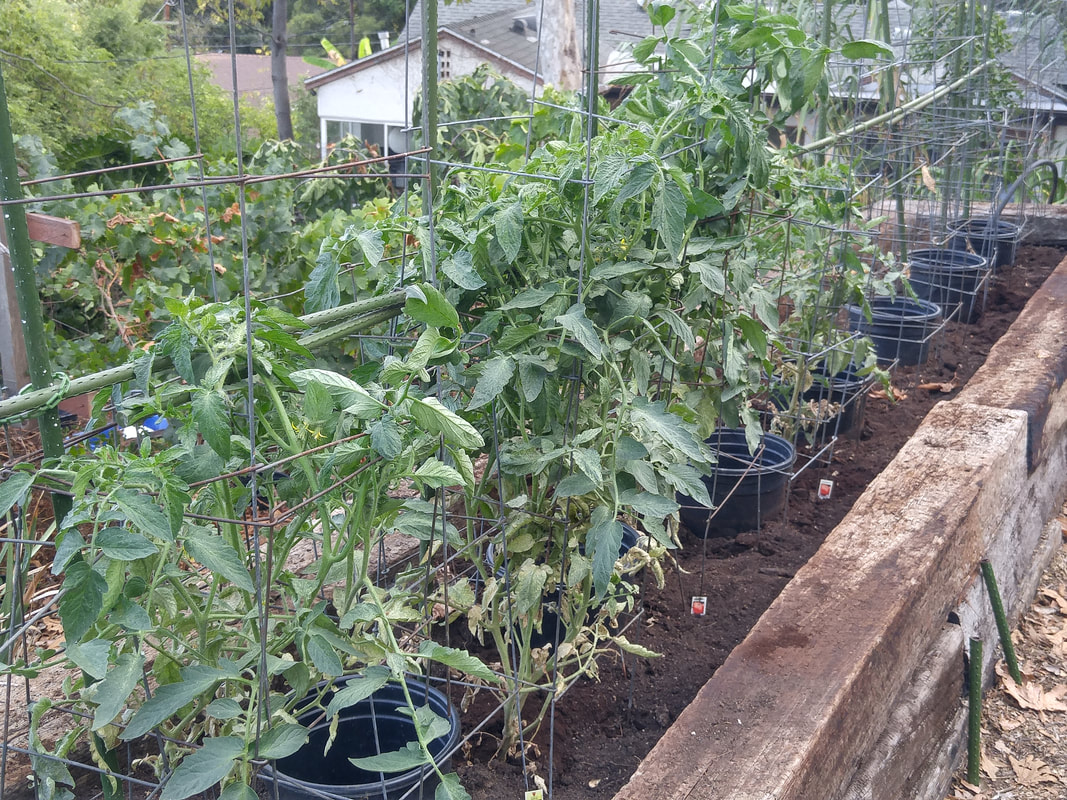
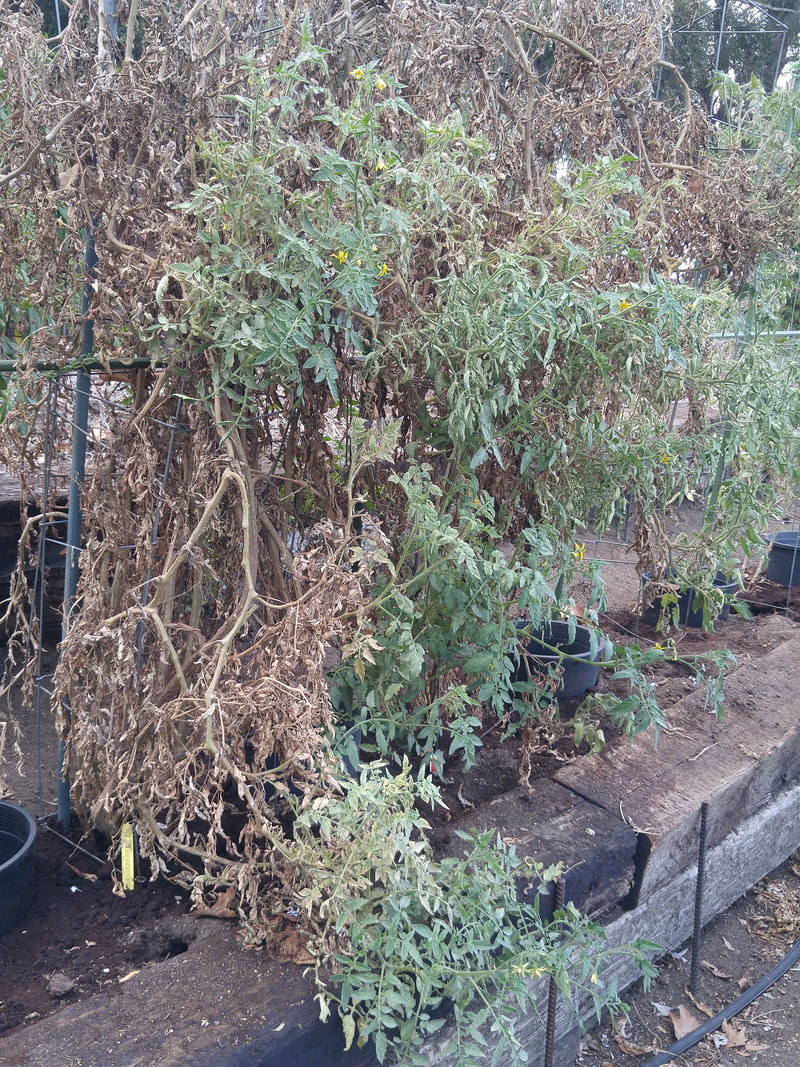
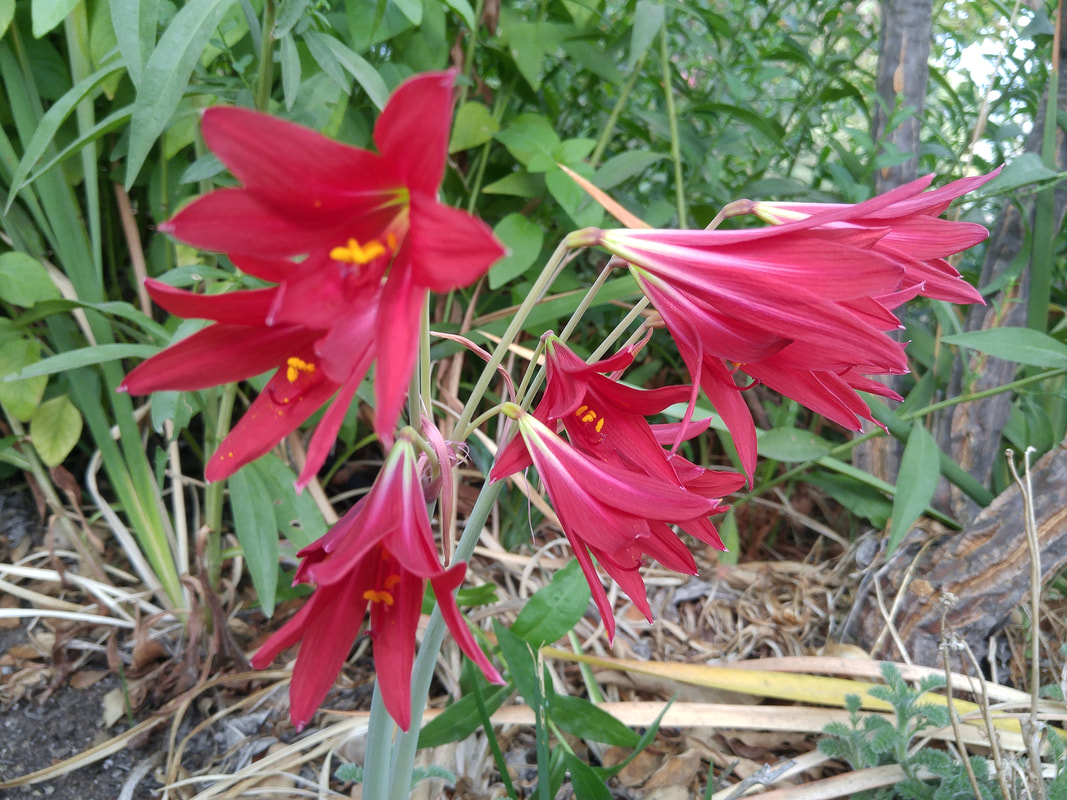
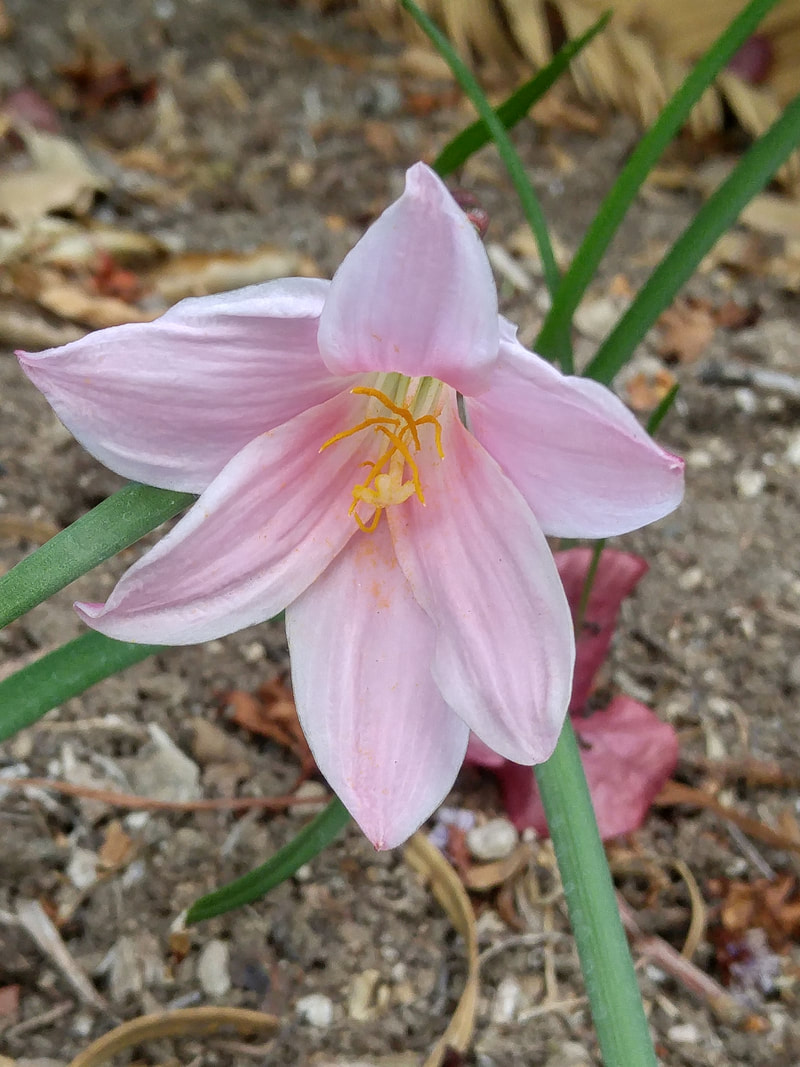
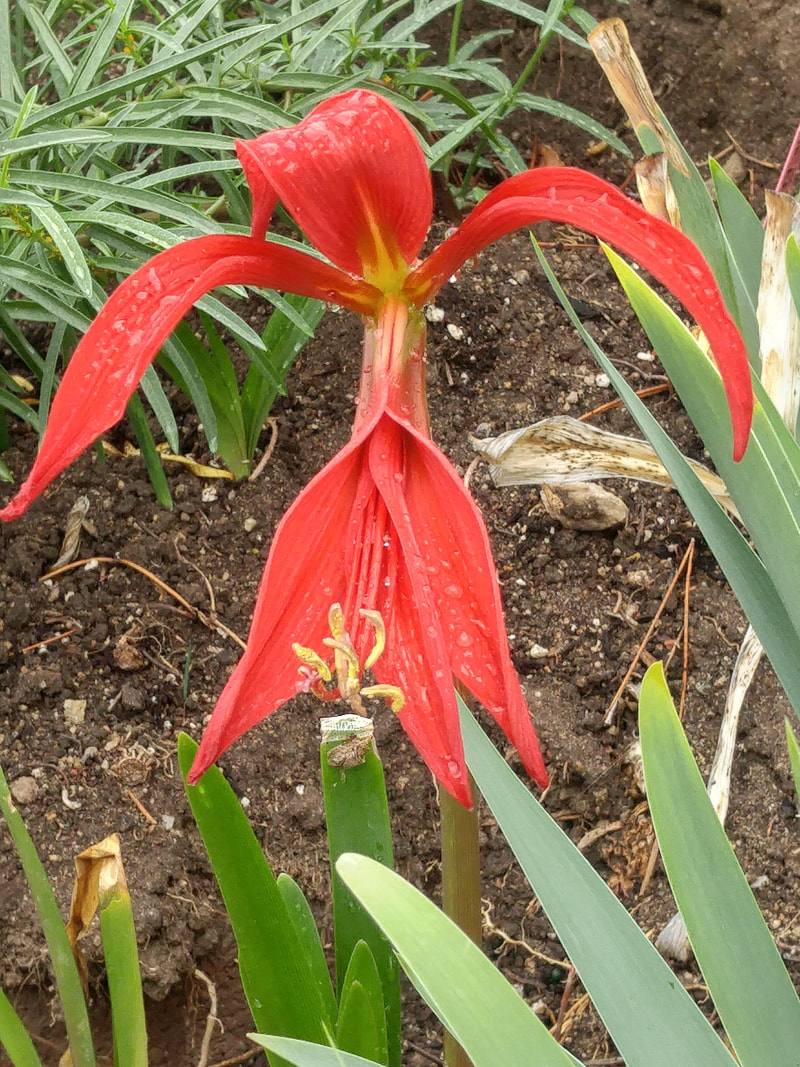
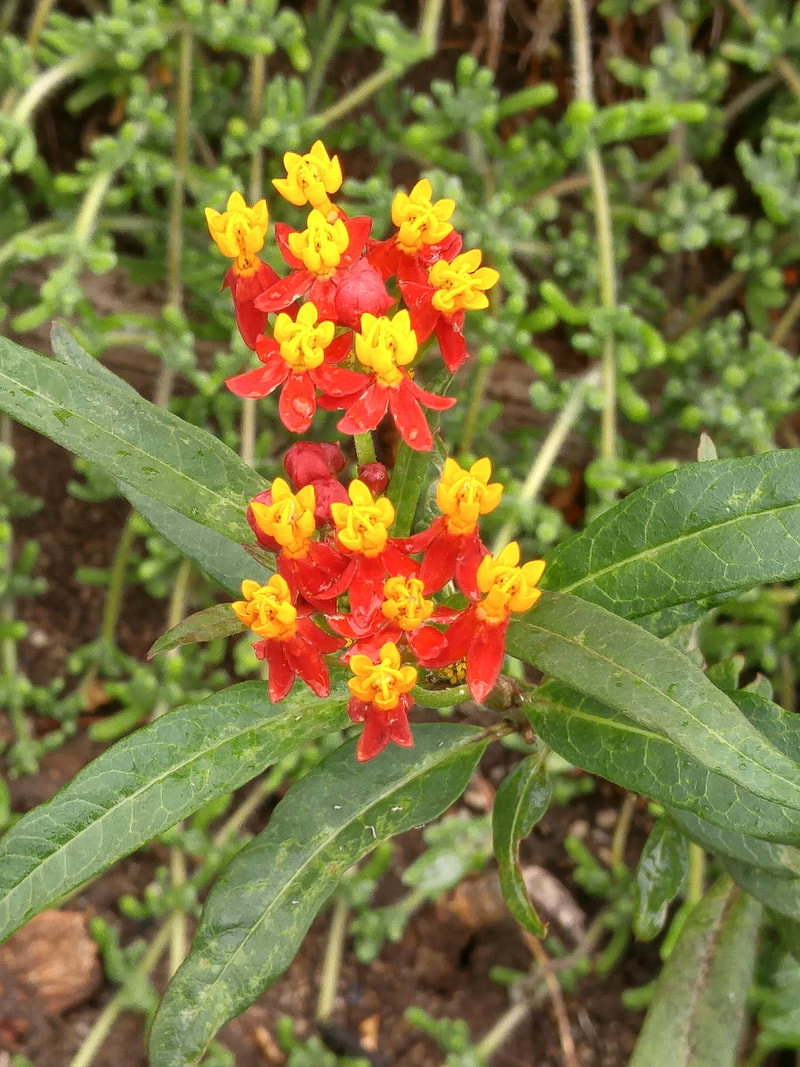
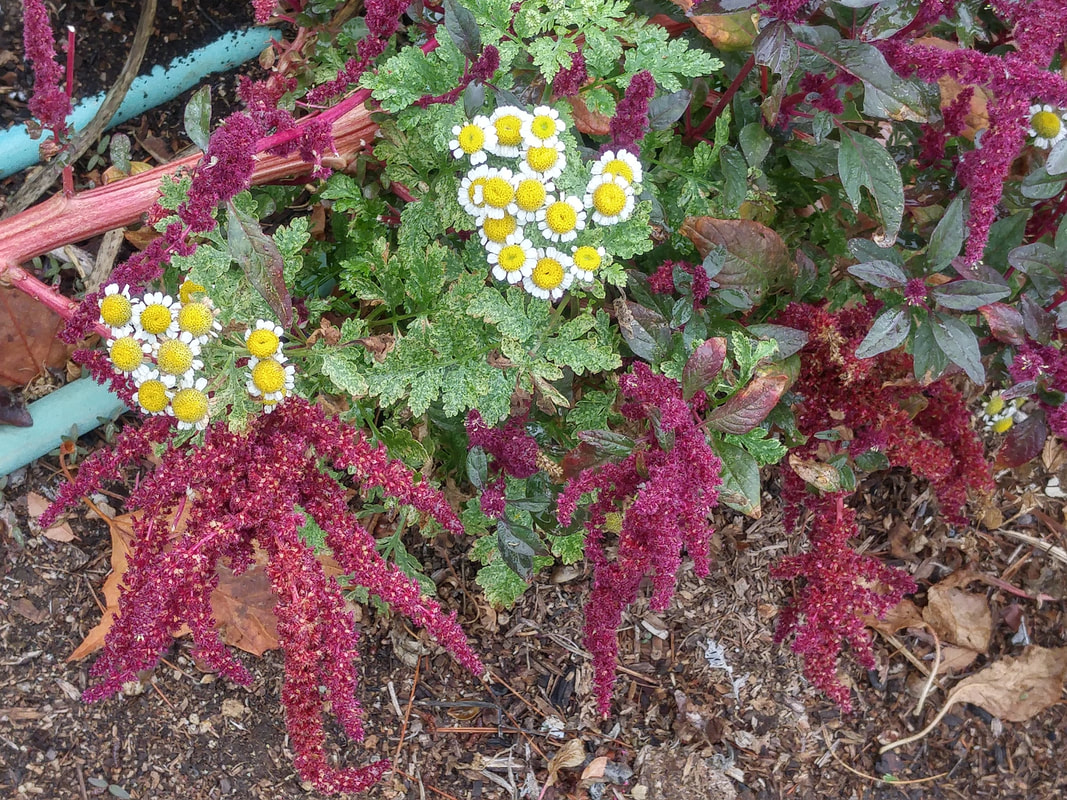
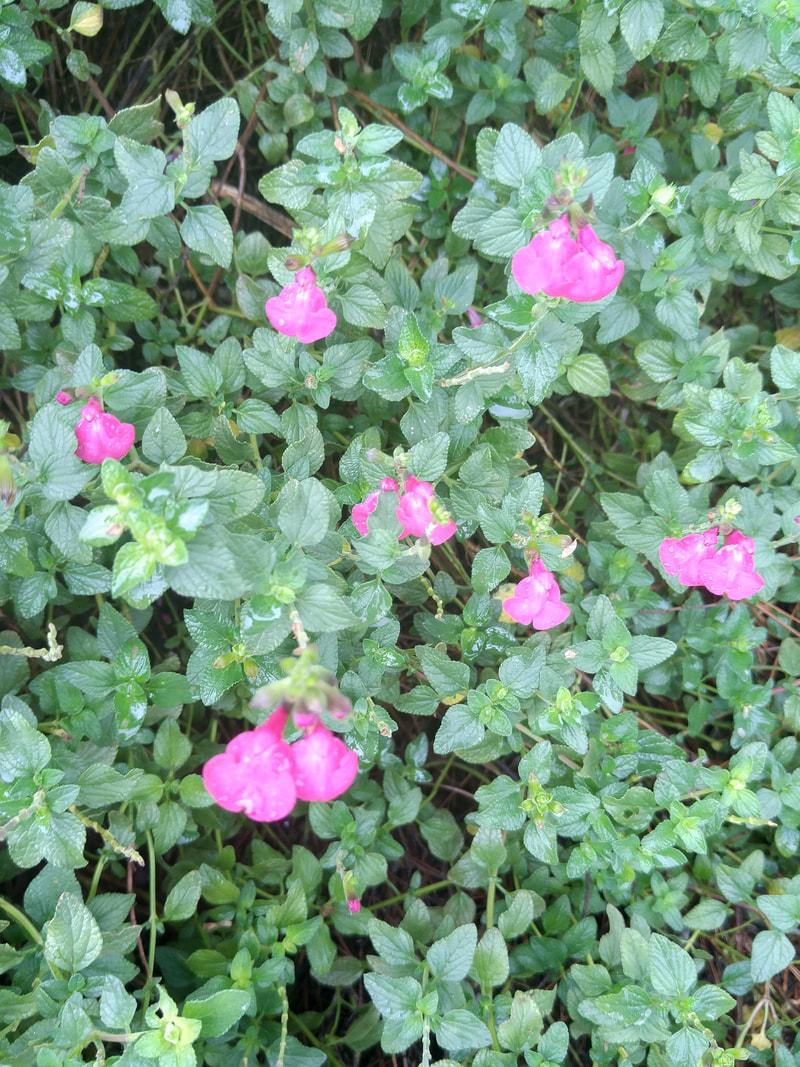
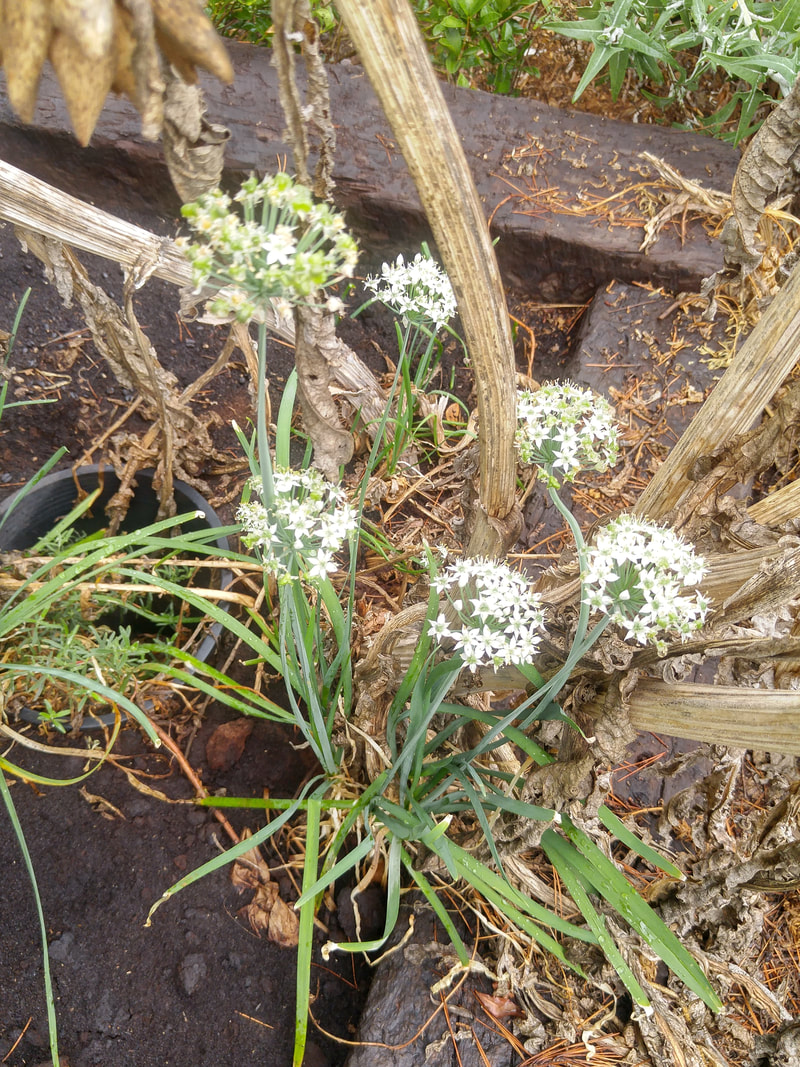
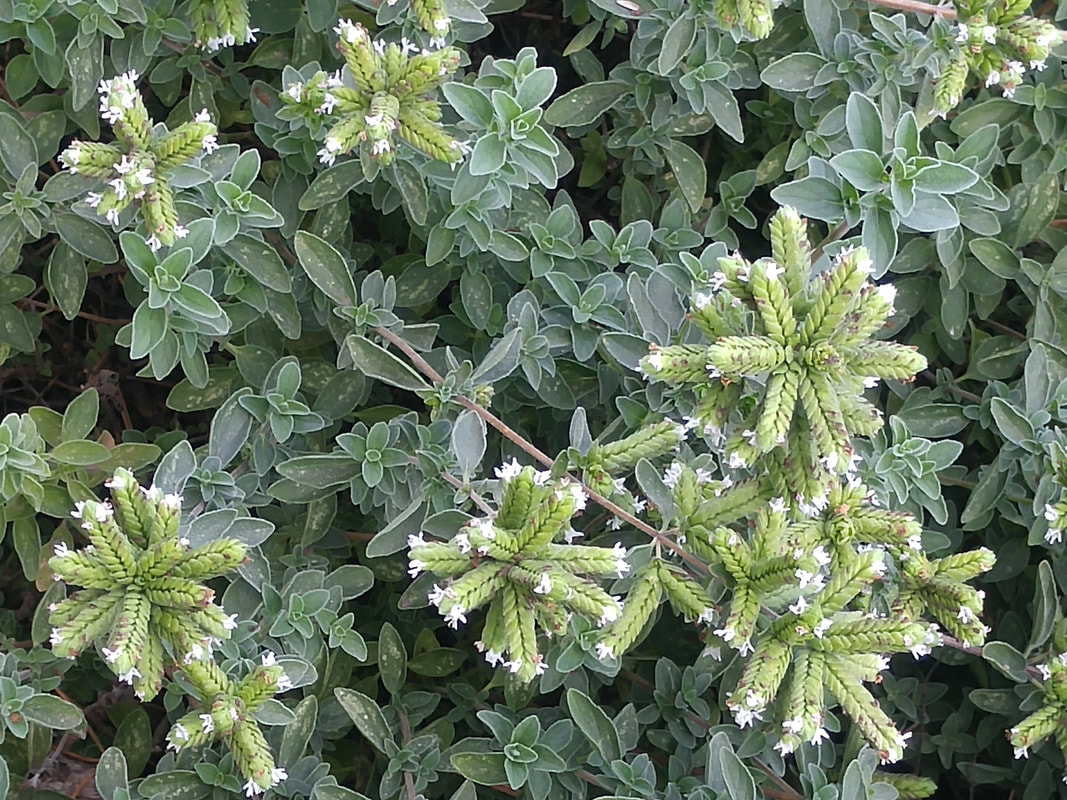
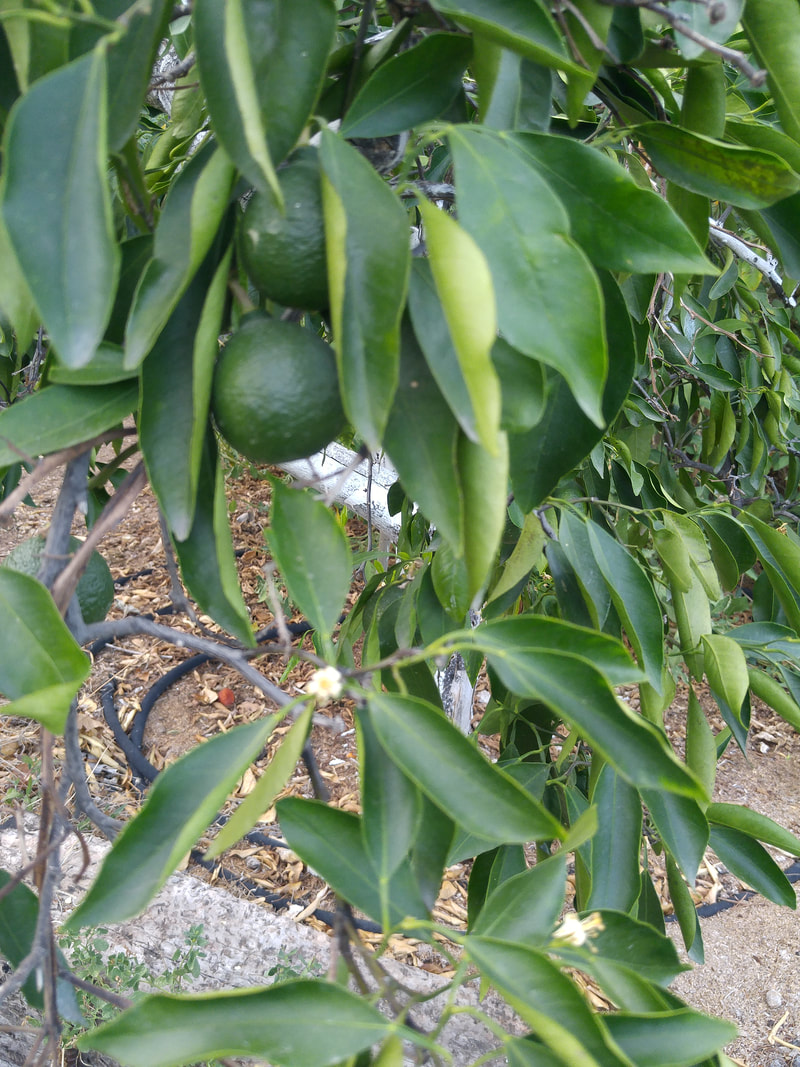
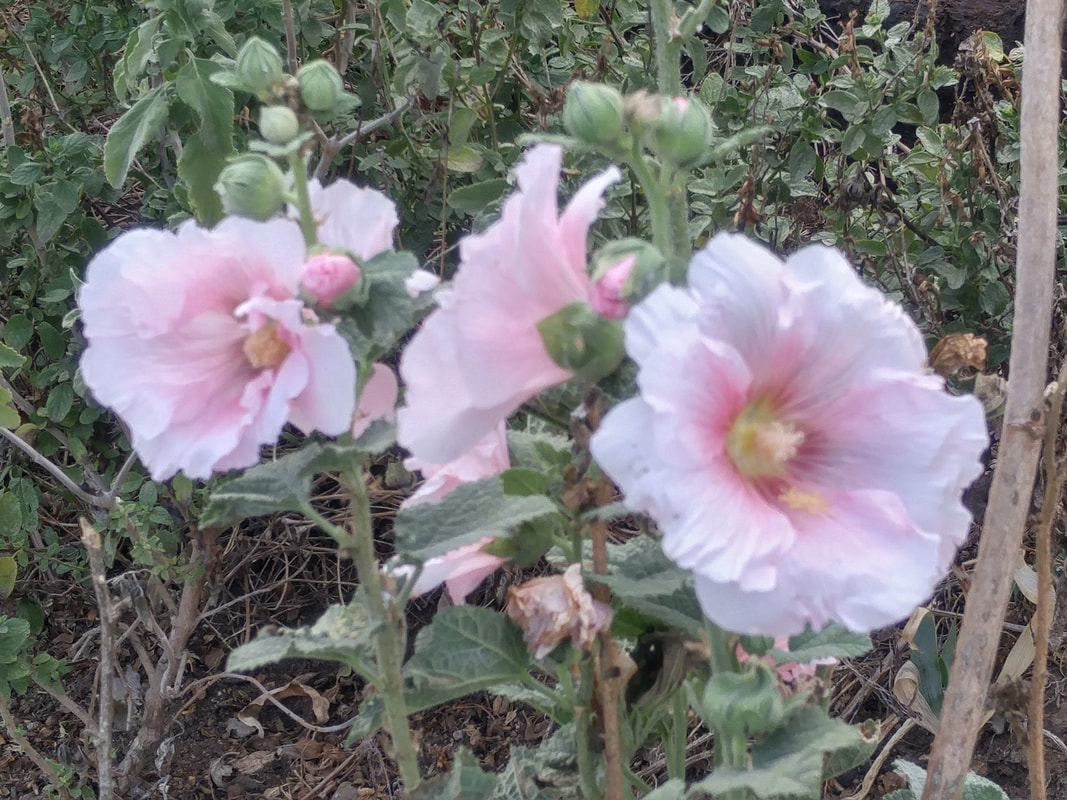
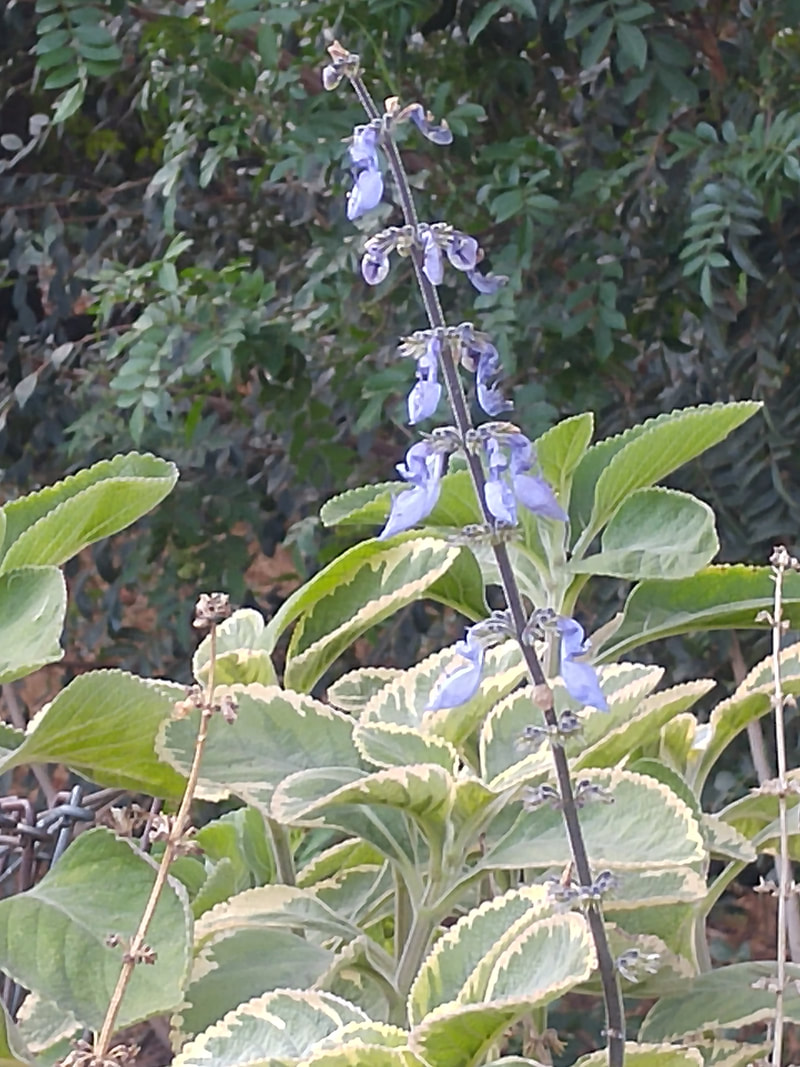
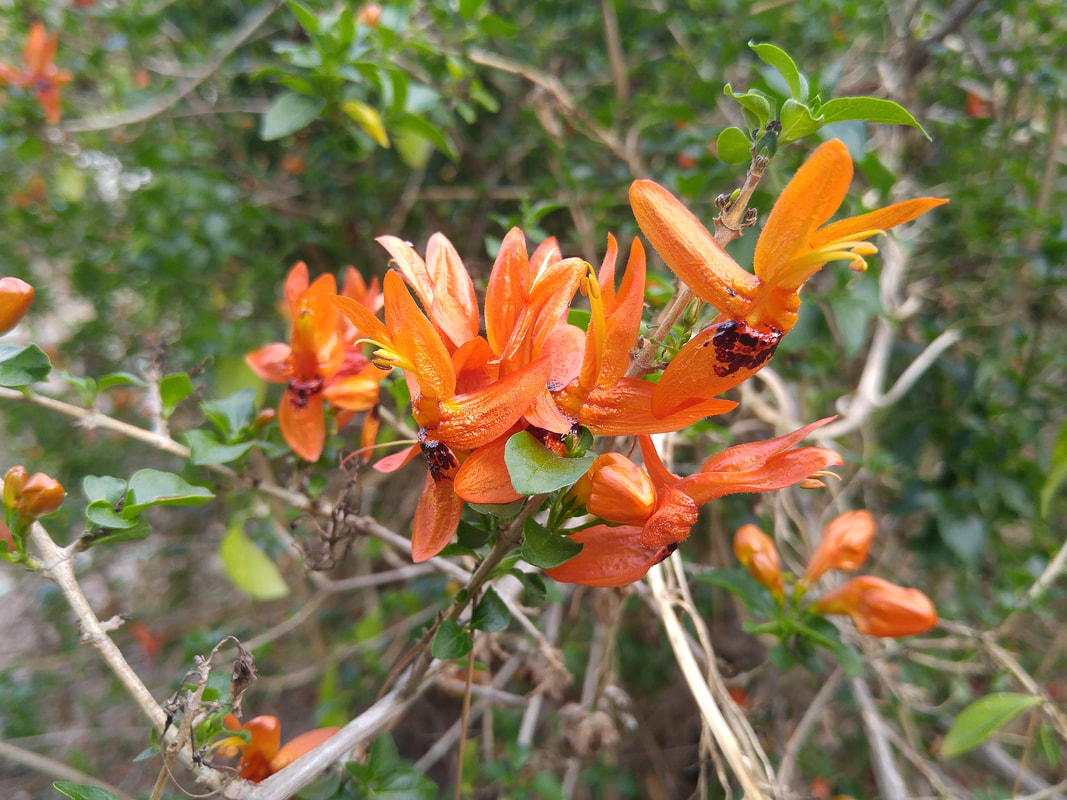
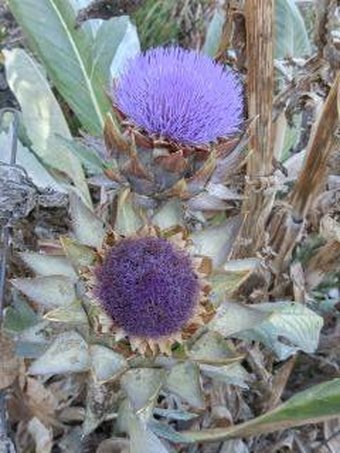
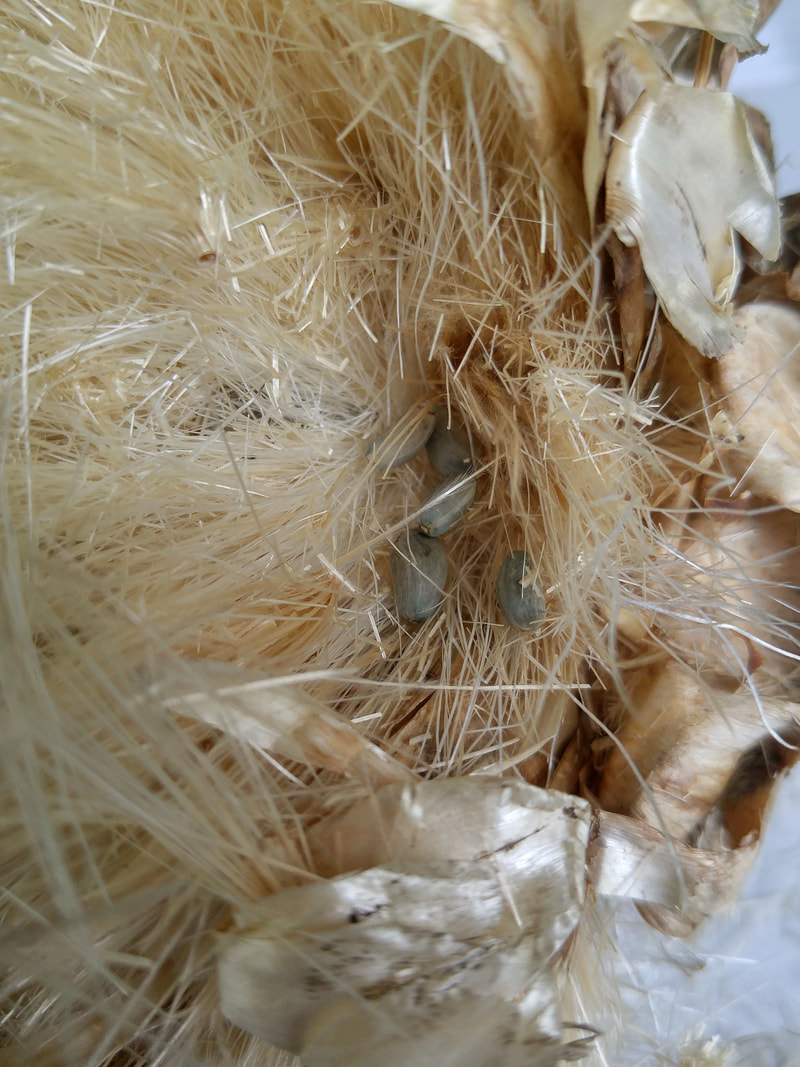
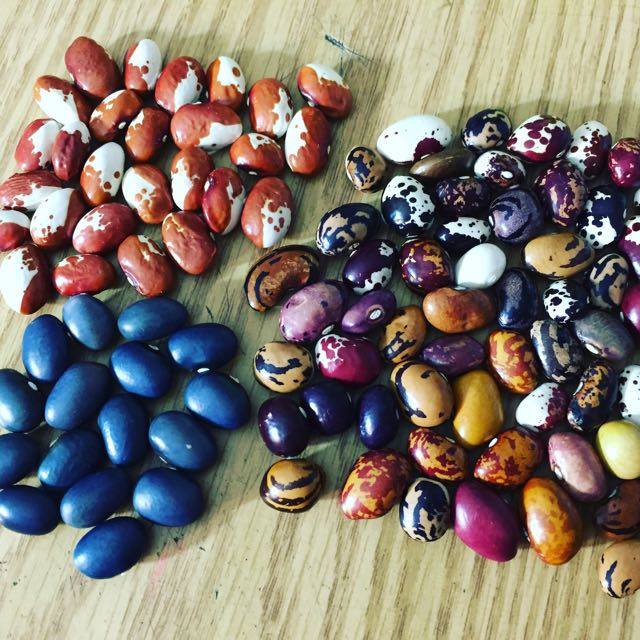
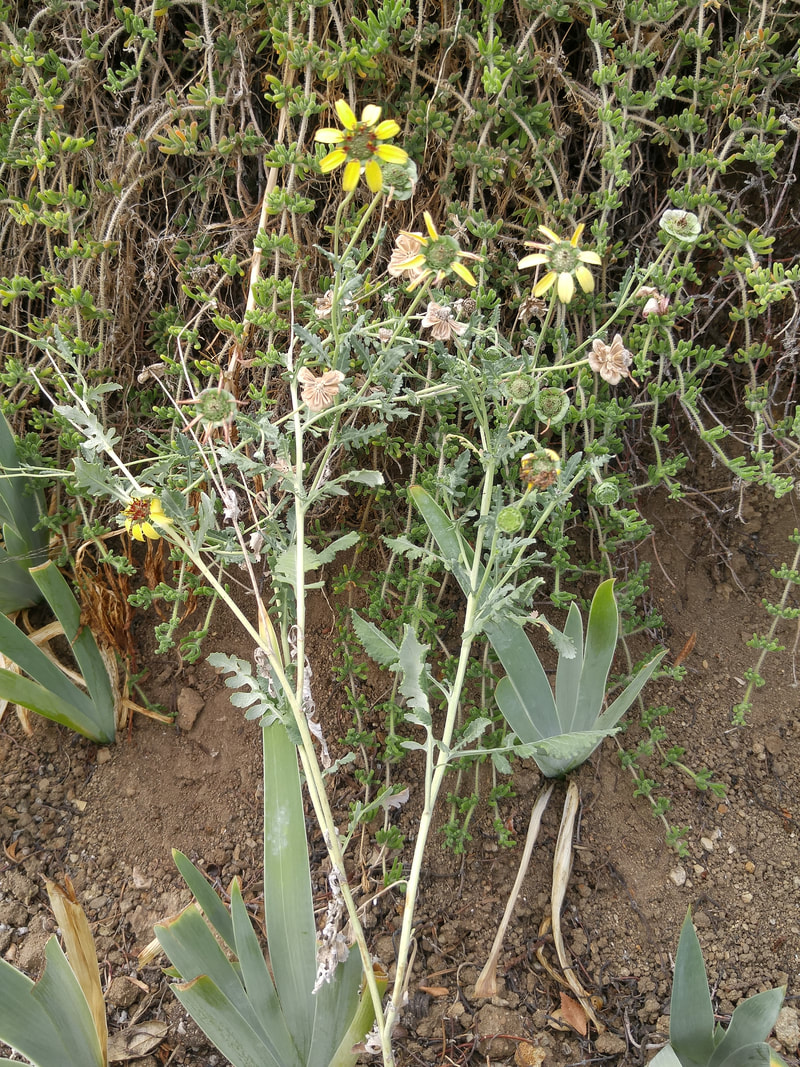
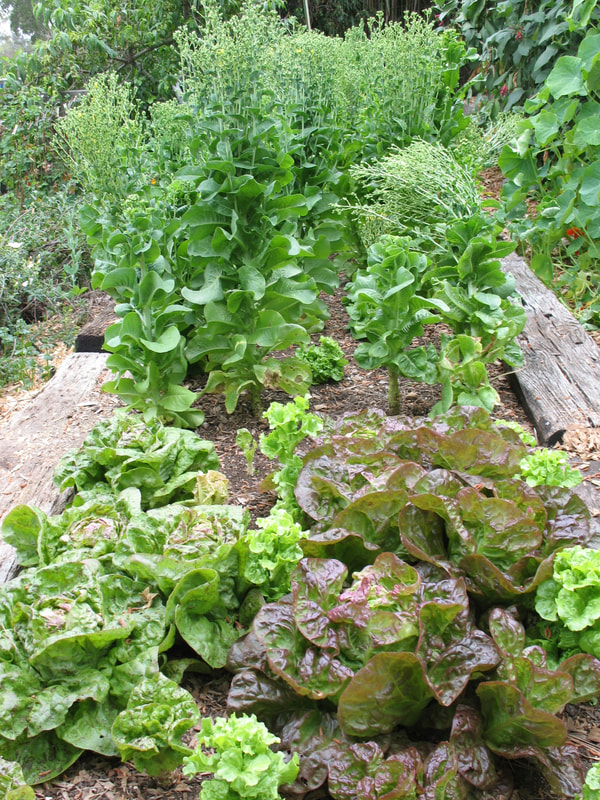
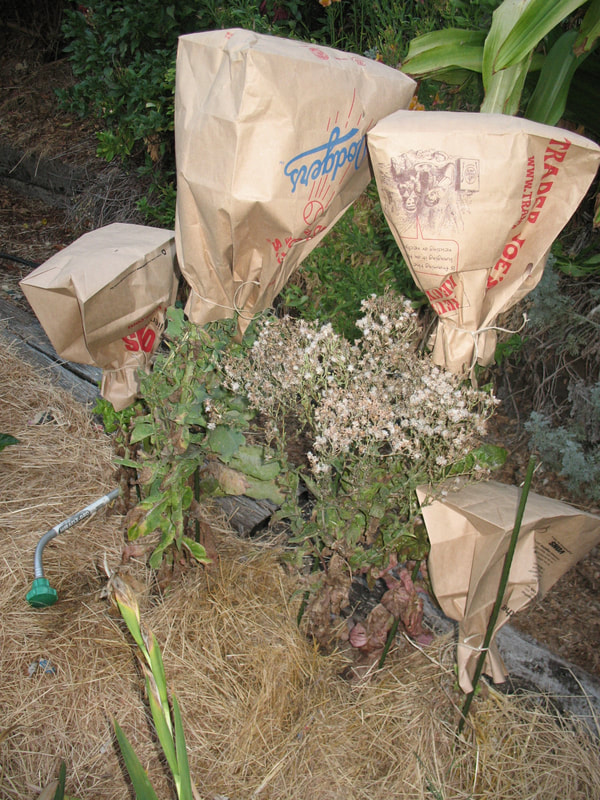
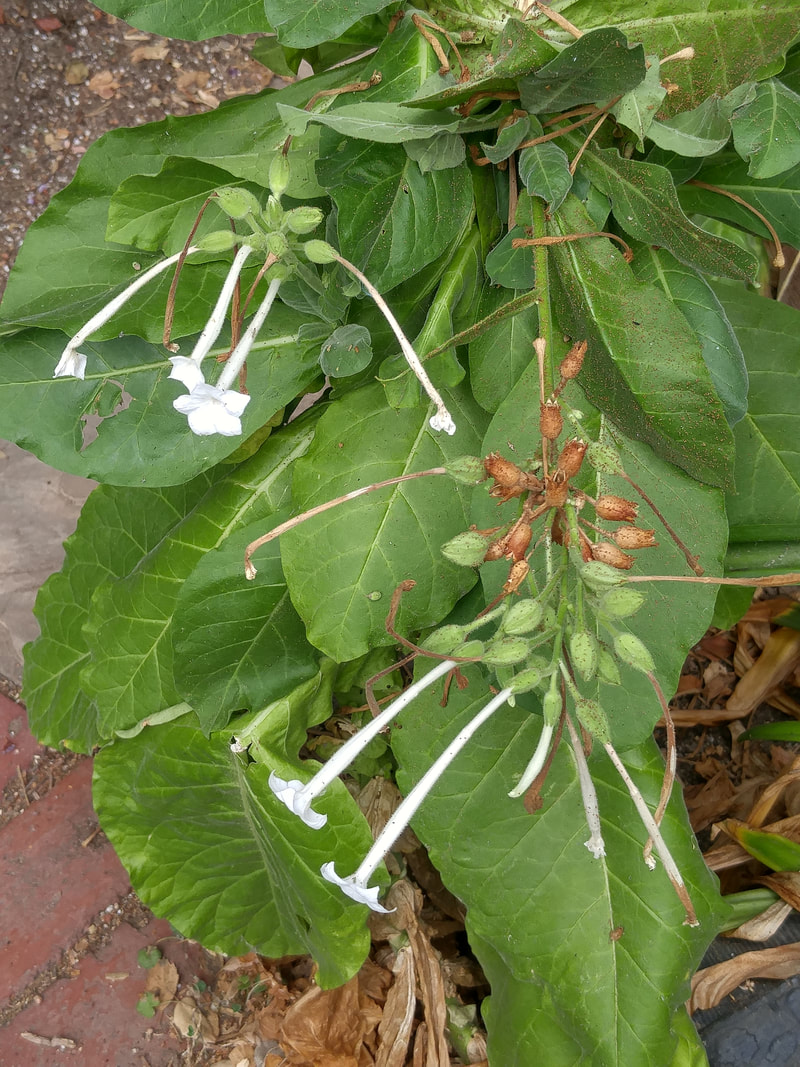
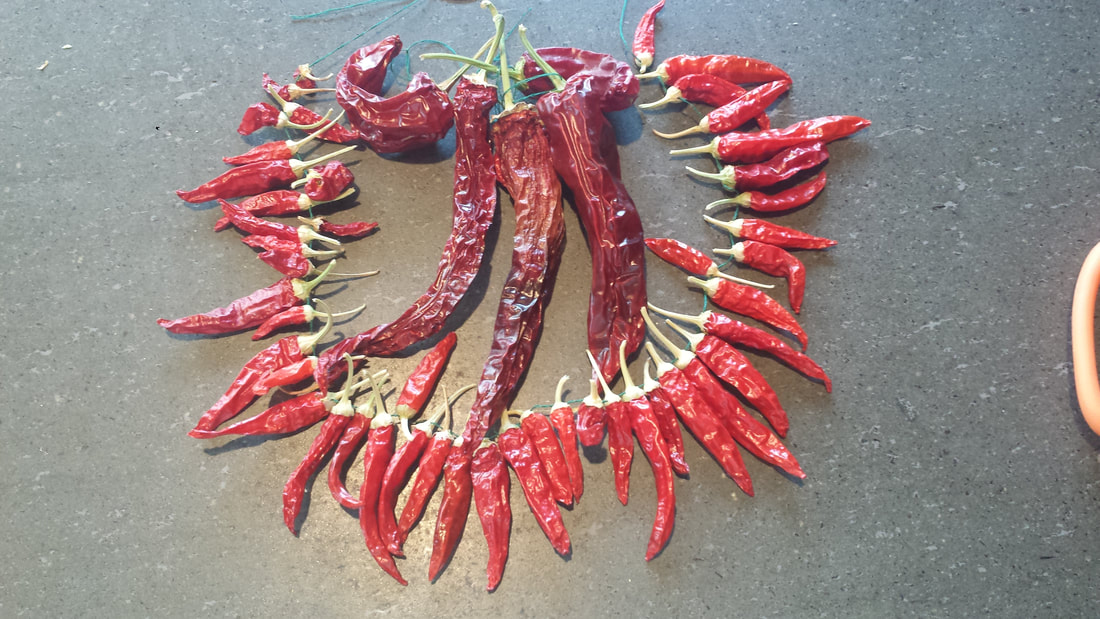
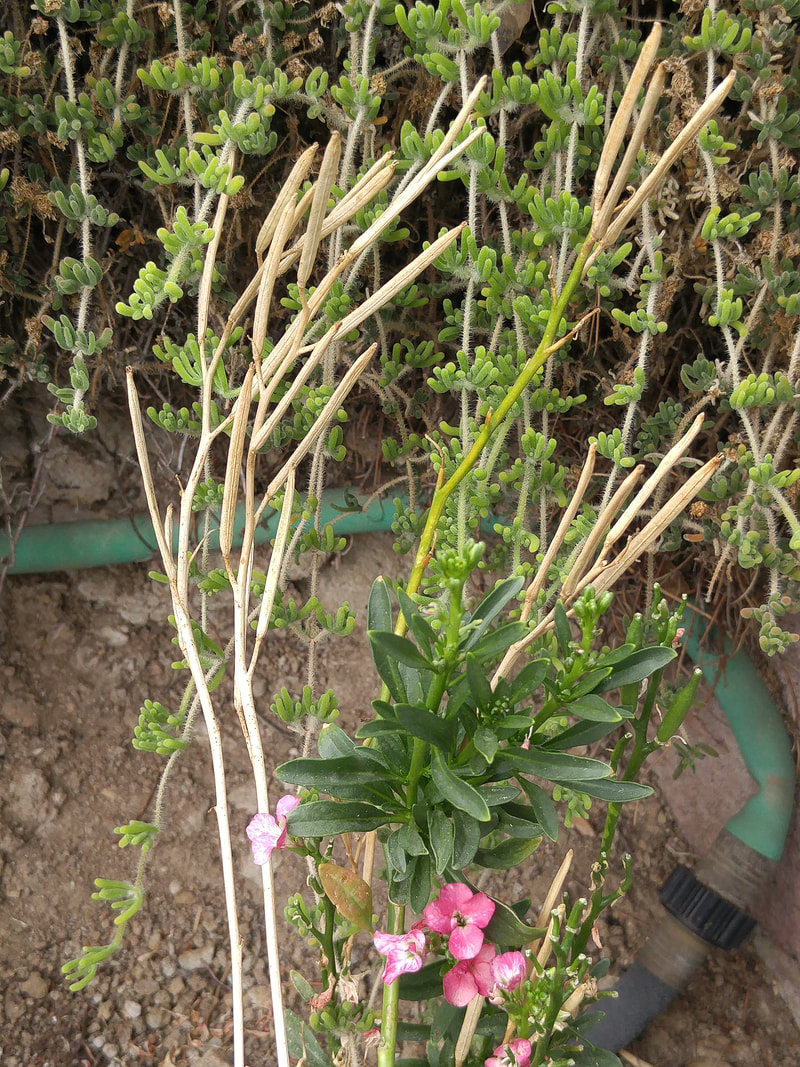
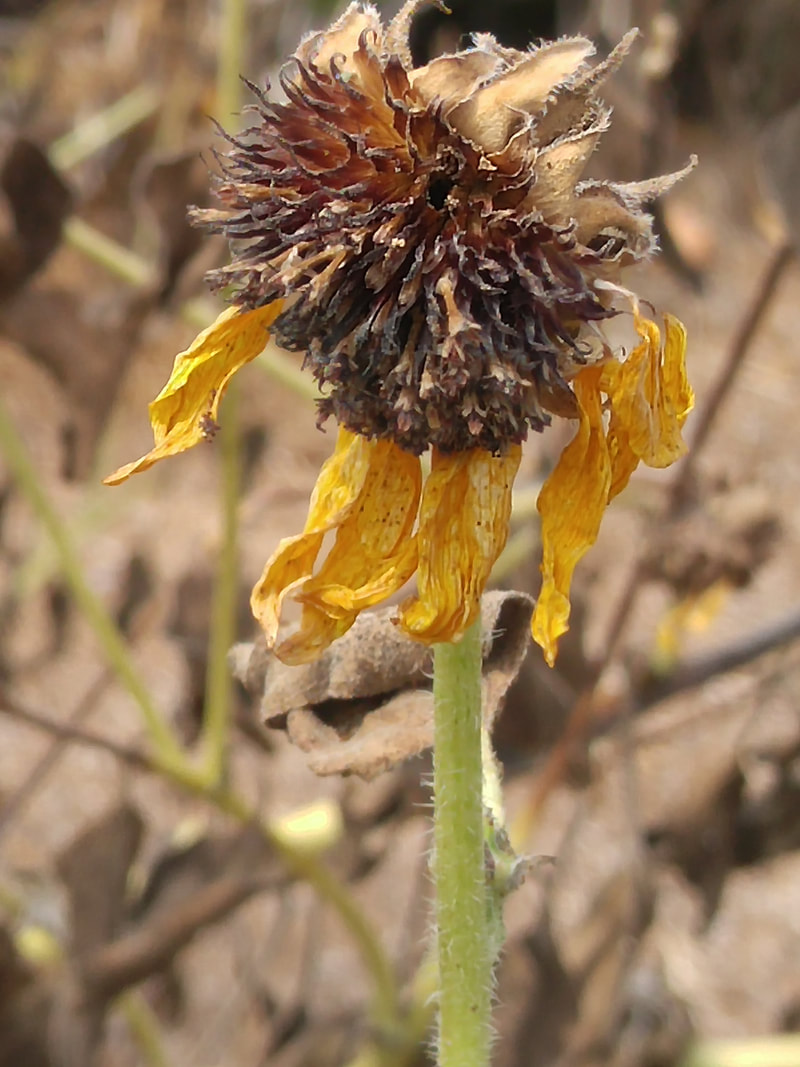
 RSS Feed
RSS Feed